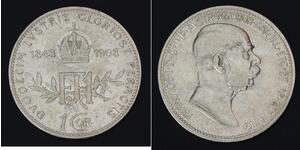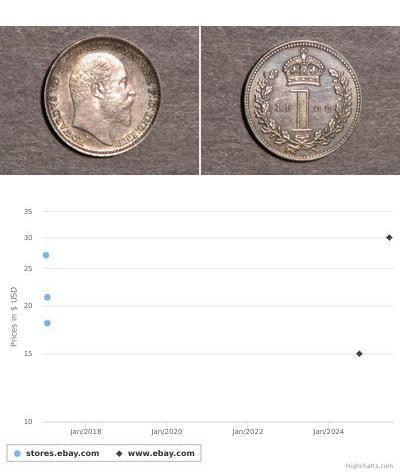1516, Egypt, Burji Mamluks, Sayf-ad-Din Khushqadam. Gold Ashrafi Dinar Coin.
Condition: A nice XF! Mint Period: 1461-1467 AD Denomination: Gold Ashrafi Dinar Reference: Album 1019, Balog 788. Ruler: Sayf-ad-Din Khushqadam (1461-1467 AD) Diameter: 15mm Weight: 3.41gm Material: Gold!
For your consideration a rare gold ashrafi coin, struck in Egypt, during the 15th Century, by the Burji (Tower) Mamluks, who ruled Egypt for nearly 150 years, centering their power in a towered citadel. Mamluk means "slave", as most of the rulers started their lives as slaves, working their way up the system through merit. Mamluk gold Ashrafis were struck to a weight of approximately 3.5g, which was the same as that of the standard gold trade coin of the period, the Venetian Ducat. They are generally of the highest purity.
Another historic fact often mentioned with the gold ashrafi coins is that it was included in the original tale of Ali Baba and the 40 thieves:
"When he stood within the cave, its door had closed upon him, yet he was not dismayed, since he had kept in memory the magical words, and he took no heed of the precious stuffs around him, but applied himself only and wholly to the sacks of ashrafis." (The Ali Baba & the 40 Thieves tale, first translated by Sir Richard Burton, 1850)
Bidwith confidence!
The Burji dynasty (Arabic: المماليك الشركس) was a Circassian Mamlukdynasty which ruled Egypt from 1382 until 1517, during the Mamluk Sultanate. It proved especially turbulent, with short-lived sultans. Political power-plays often became important in designating a new sultan. During this time Mamluks fought Timur Lenk and conquered Cyprus. Constant bickering may have contributed to the ability of the Ottomans to challenge them. Their name means 'of the tower', referring to them ruling from the Citadel east of Cairo.
From 1250 Egypt had been ruled by the first Mamluk dynasty, the mostly Cuman-Kipchak TurkicBahri dynasty. In 1377 a revolt broke out in Syria which spread to Egypt, and the government was taken over by the Circassians Barakah and Barquq; Barquq was proclaimed sultan in 1382, ending the Bahri dynasty. He was expelled in 1389 but recaptured Cairo in 1390. Early on, the Zahiri Revolt threatened to overthrow Barquq though the conspiracy was discovered before agitators could mobilize. Permanently in power, he founded the Burji dynasty.
Faced with a common enemy, Timur, Barquq joined with Bayezid I and Toktamish in a combined resistance and executed Timur's peace envoys. In the following months Timur was engaged in Georgia and unable to respond to Barquq's actions, while Barquq had died by 1399. In 1401, Timur invaded Syria and sacked Aleppo and Damascus. Syria was regained by sultan Nasir-ad-Din Faraj after Timur died in 1405, but Faraj continually faced rebellions from the emirs there and he was forced to abdicate in 1412.
In 1421 Egypt was attacked by the Kingdom of Cyprus, and although the Egyptians were unable to capture the island they forced the Cypriotes to acknowledge the suzerainty of the Egyptian sultan Barsbay. During Barsbay's reign Egypt's population was greatly reduced from what it had been a few centuries before, with only 1/5 the number of towns. He frequently raided Asia Minor, but died in 1438.
During the reign of Sayf-ad-Din Jaqmaq an attempt to conquer Rhodes in 1444 from the Knights of St. John was repelled.
Sayf ad-Din Inal came to power in 1453 and had friendly relations with the Ottoman sultanMehmed II, who captured Constantinople later that year, causing great rejoicings in Egypt. However, under the Greek reign of Khoshkadam, who took power in 1463, Egypt began the struggle between the Egyptian and the Ottoman sultanates which finally led to the incorporation of Egypt in the Ottoman Empire. Both Koshkadam and Mehmed II supported different candidates to the principality of Karaman; then in 1467 sultan Kait Bey offended the Ottoman sultan Bayezid II, whose brother was poisoned while being entertained by Kait. Bayezid II seized Adana, Tarsusand other places within Egyptian territory, but was eventually defeated by Kait. Kait also tried to help the Muslims in Spain by threatening the Christians in Syria, but without effect. He died in 1496, leaving several hundred thousand ducats debts to the great Venetian trading families.

|
Posted by:
anonymous 2019-07-26 |
1 Corona Austria-Hungary (1867-1918) Silver Franz Joseph I ( ...
group has 25 coins / 17 prices
⇑

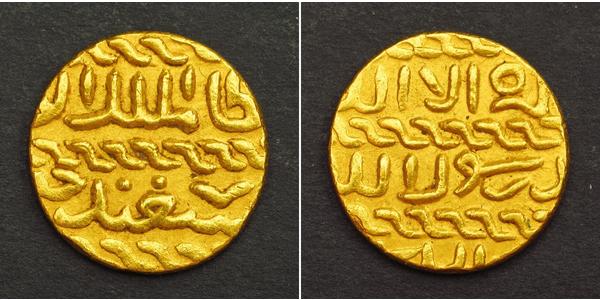




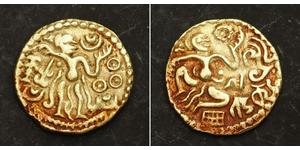




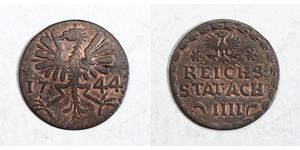



-300-150-AeIKqUpY7NEAAAFhroEy54Nz.jpg)
